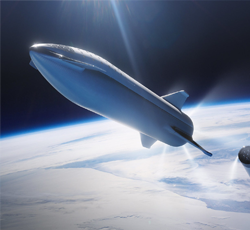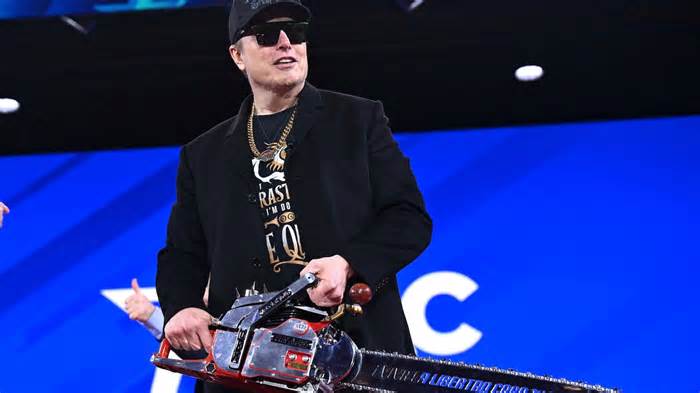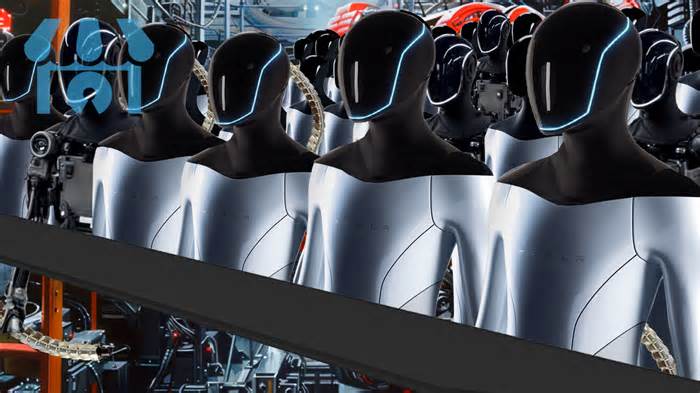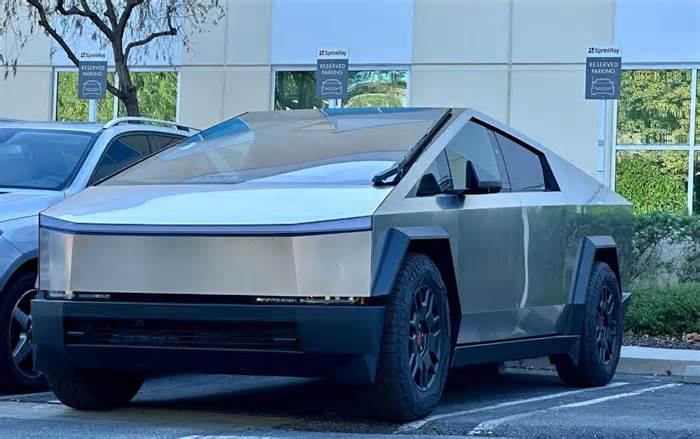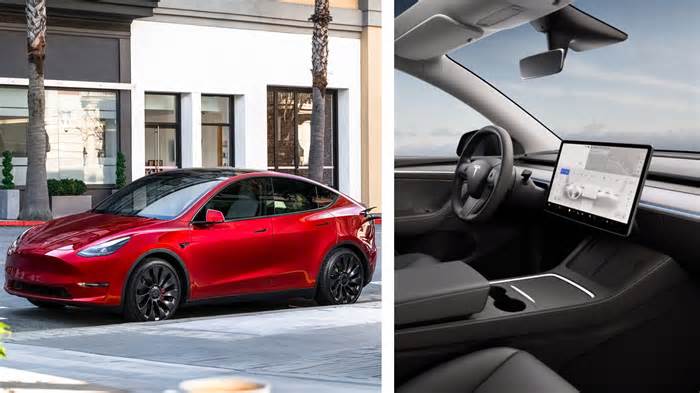
SpaceX readies for installation of LC-39A Crew Access...
- by NASASpaceFlight.com
- Aug 17, 2018
- 0 Comments
- 0 Likes Flag 0 Of 5

Prior to the visual milestone this week of the Crew Access Arm, or CAA, being moved to the pad surface and the base of the Fixed Service Structure (launch tower), previous information from SpaceX and NASA indicated that the arm would be installed after the Dragon’s uncrewed demo flight.
SpaceX’s new Crew Access Arm on the pad surface at LC-39A before it was raised on Monday (Credit: NSF member Tom McCool @Cygnusx112 for both lead photo showing it raised and the pad level photos)
However, that schedule was based around a launch of the uncrewed Dragon flight, DM-1, in August 2018.
With NASA announcing a 3-month slip to the DM-1 flight (largely due to ISS scheduling and crew reduction aboard the International Space Station in the coming months), SpaceX found itself with an unanticipated delay to the DM-1 flight – which in turn opened up a possibility that didn’t exist before to install the CAA in August.
What’s now abundantly clear is how close SpaceX was to being able to install the arm on LC-39A prior to DM-1 when that flight was scheduled for this month. Which begs the question: If they were so close, why not install the arm ahead of DM-1 even if that mission had held to its August timeline?
The answer lies in the complexity of installing such a piece of equipment on the Fixed Service Structure at LC-39A. It’s not simply a matter of hoisting and bolting the arm on to the reinforce area of the launch tower, which in itself is a multi-week process. On Monday, the CAA was seen as raised at the top of the FSS (See Lead Photo).
A look inside Crew Dragon. Cargo storage available below seat. Docking port (not pictured) above seats. (Credit: Jack Beyer for NSF/L2)
Other securing, rigging, testing, and connection operations are vital parts of the arm’s installation – all of which take a great deal of time to complete.
When set against the potential schedule of launching DM-1 at the end of August – which includes static fire of the Falcon 9 rocket – it becomes clear that had SpaceX pushed forward with CAA installation ahead of DM-1, they would have had to delay the flight from August just to get the arm attached to the tower.
But isn’t the arm necessary for Crew Dragon? Yes, it is. But not for the uncrewed DM-1 test flight. Since DM-1 won’t carry crew, the arm itself is not needed per the certification elements the DM-1 flight is scheduled to demonstrate.
Thus, instead of risking a delay to the mission just to install the arm, SpaceX opted instead to hold off on CAA installation to allow the DM-1 mission to occur in August.
The controls and crew interfaces in Crew Dragon. Very few manual controls and more touchscreen interfaces than any other orbital crew vehicle. (Credit: Jack Beyer for NSF/L2)
But now that DM-1 is NET (No Earlier Than) November – a date Gwynne Shotwell is confident the company will meet, SpaceX is forging ahead with CAA installation because, quite simply, there is no reason to wait, at this point, to install the arm after DM-1.
The work crews are present, the Fixed Service Structure additions and reinforcements are ready, and with no missions scheduled to fly off LC-39A until DM-1 in November, there is plenty of time to continue reconfiguring Pad-A over the next few months to return it to human-rated status – reconfigurations that will now aid SpaceX’s ability to test critical operations and processes that will be needed once people begin flying on Dragon and off 39A again next year.
One major change at LC-39A that preceded installation of the CAA for Dragon has been the reconfiguration of the launch tower to accommodate the Falcon 9 and Falcon Heavy rockets.
This most notably – and visually – involved the complete removal of the Rotating Service Structure (RSS), which has come down in pieces between SpaceX launches off the pad in 2017 and 2018.
The DM-2 Dragon’s main hatch. (Credit: Jack Beyer for NSF/L2)
But the Fixed Service Structure has also largely been gutted and reconfigured – including removal of all Shuttle-era swingarms and External Tank access platforms – all of which were removed prior to the commencement of Falcon 9 flight operations from the pad in February 2017.
Moreover, since Falcon Heavy’s debut in February of this year, SpaceX has been hard at work preparing LC-39A for Crew Access Arm installation, including the addition of a new level on the launch tower – with SpaceX employees and contractors adding a complete working and serviceable level at the 217-foot level above the pad’s surface.
This is 70 feet higher than the Orbiter Access Arm (CAA equivalent during the Shuttle era) was mounted on the FSS and is located at the same height at which the Gaseous Oxygen Vent Arm (the arm that extended out to cover the top of the External Tank) was secured to the launch tower.
So why the new level if the Gaseous Oxygen Vent Arm was attached at the same height?
The Gaseous Oxygen Vent Arm extends out from the FSS to the top of the Space Shuttle Discovery’s External Tank. SpaceX’s new Crew Access Arm will be installed at the same height as the vent arm was in the Shuttle era. (Credit: ESA)
The simple answer is that the Gaseous Oxygen Vent Arm was accessed by already-present levels on the FSS directly above and below the arm with no same-height access because the arm was a last-minute, and late addition to the Shuttle program in 1979 and ‘80.
This was not a problem in the Shuttle era as the vent arm did not require a direct escape route because the arm did not serve as a crew access route.
But the CAA for Dragon will serve as the only egress route from the crew capsule to the slide wire escape system should the need to evacuate Dragon and the pad quickly arise during pre-launch operations.
And that leads directly to the other major reconfiguration currently happening to LC-39A’s launch tower to once again make the pad crew-rated.
The new level being added to the 217 foot level of the Fixed Service Structure tower at LC-39A. (Credit: Nathan Barker for NSF/L2)
SpaceX is also in the process of raising the slide wire basket escape system from its Shuttle-era location up to the same 217-foot level that the new CAA will now occupy.
The slide wire baskets allow for a quick egress from the pad in emergency situations for not just astronauts but any work crews on the tower as well.
During launch operations, the slide wire baskets can take astronauts and pad crew safely to the ground several hundred feet from the pad and very close to an armored vehicle that they can then quickly ingress and use to drive to safety.
Please first to comment
Related Post
Stay Connected
Tweets by elonmuskTo get the latest tweets please make sure you are logged in on X on this browser.
Sponsored
Popular Post
tesla Model 3 Owner Nearly Stung With $1,700 Bill For Windshield Crack After Delivery
35 ViewsDec 28 ,2024
Middle-Aged Dentist Bought a Tesla Cybertruck, Now He Gets All the Attention He Wanted
32 ViewsNov 23 ,2024





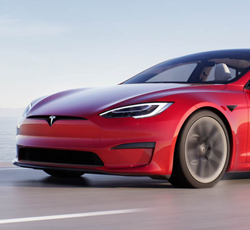
 Energy
Energy